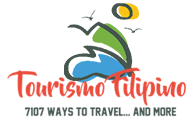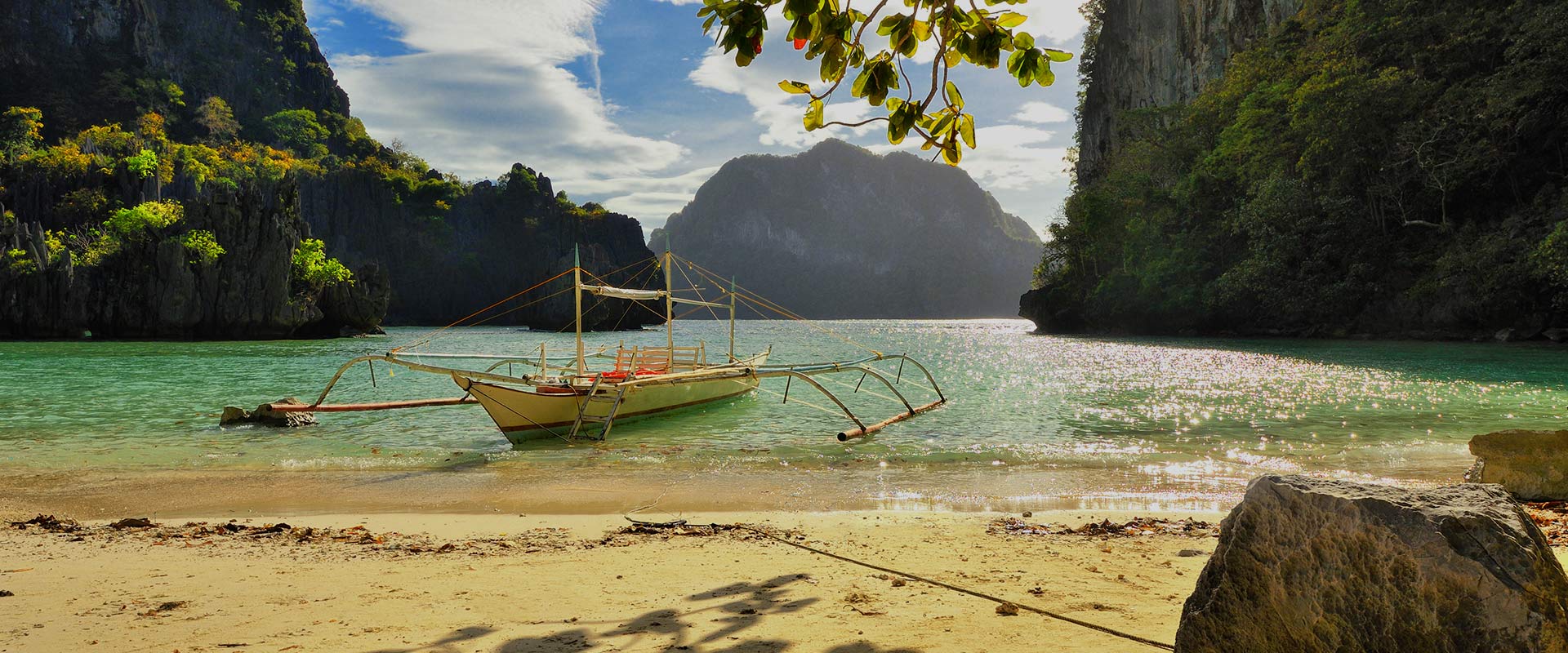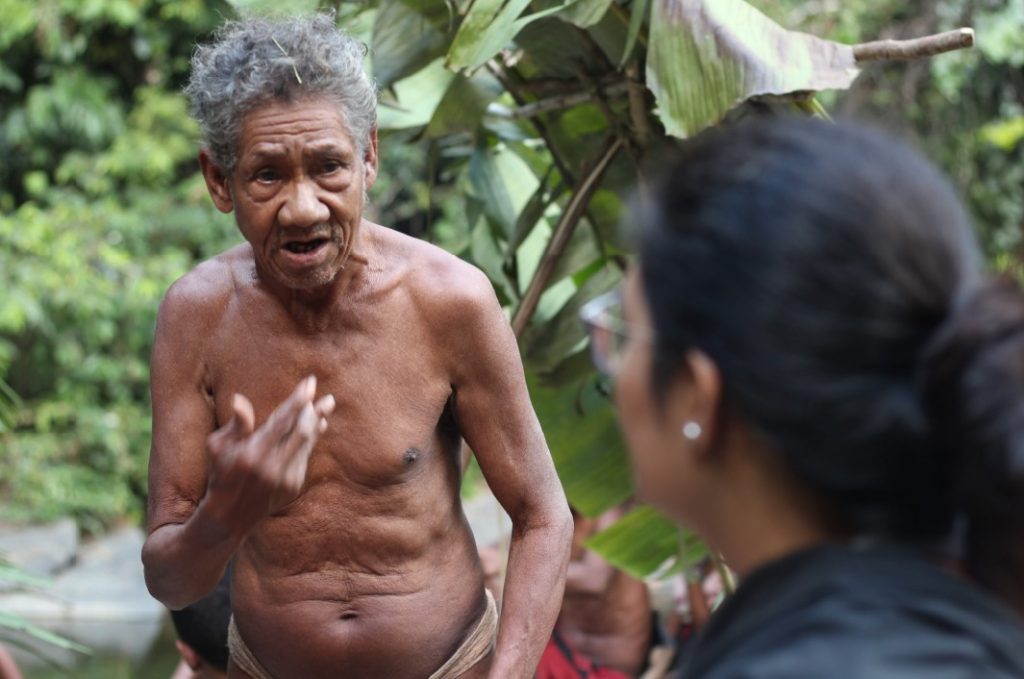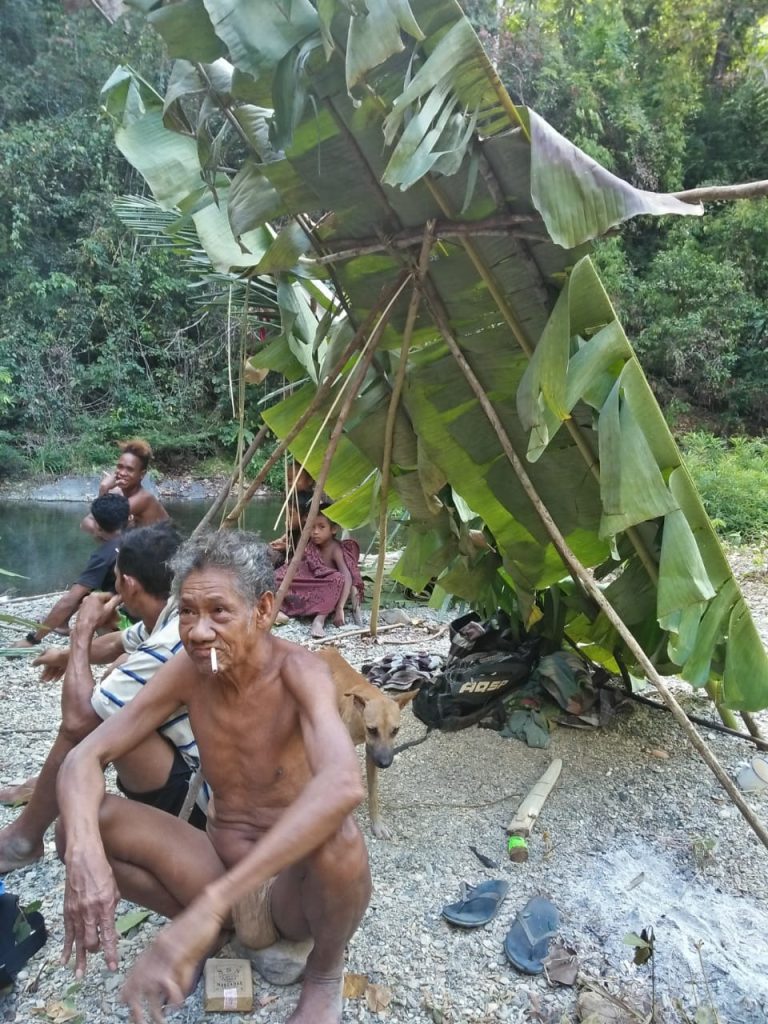Palawan: The Last Frontier
The island of Palawan is a local paradise. On this island, you can find magnificent spaces that have been preserved in their natural state, creating an area for eco-tourism. This wonderful island is rich in breathtaking landscapes, clear and sparkling waters, towering cliffs, and lush forests. The island hosts a diverse marine ecosystem that has been preserved thanks to a combined effort of recycling and waste conservation by nature itself.
In Palawan Island, with its perfect natural beauty and clean environment, every visitor from every corner of the island is called to witness a place where there are no limits to good memories and a wealth of attractions await you: swimming with fish, hiking, bird watching, underground river kayaking in Puerto Princesa, white sandy beaches, and unique caves. This island is one of many from which you can reach other islands and explore stunning vistas in this wonderful paradise.
For more information:
>>Puerto Princesa – the capital of the island of Palawan
>> El Nido – the paradise in the north of Palawan
So, what do we have in Palawan?
Apart from the enchanting El Nido that you will likely visit during your trip to Palawan, we’ve gathered some cool and fascinating destinations that not everyone knows about…
Palawan is probably one of the most popular and preserved destinations in the Philippines. This province is located between the South China Sea and the Sulu Sea and is considered the largest province in terms of land area in the country.
Just mention Palawan, and among the things that will immediately come to mind are stunning sunsets, breathtaking cliffs, hopping between secluded islands, diving, pristine white beaches, and the list goes on…
It will be challenging to pinpoint exactly what will make you want to come back here again and again.
Yes, Palawan is all of that and much more.
We’ve listed some of the top attractions that Palawan has to offer, as well as some of its best-kept secrets, so you can go out and discover them for yourself.
Go get lost and connect with nature in this amazing tropical paradise.
Tubbataha Reef National Marine Park (155 kilometers South of Puerto Princesa).
This marine sanctuary is a protected area and is often referred to as the best diving spot in the Philippines. The diverse diving sites are the habitat of the hawksbill sea turtle, white-tip sharks, triggerfish, whale sharks, moray eels, barracudas, and over 300 species of corals, fish, and other marine life forms. The best time for diving is between mid-March and mid-June. It is advisable to book diving expeditions well in advance, and some even make reservations
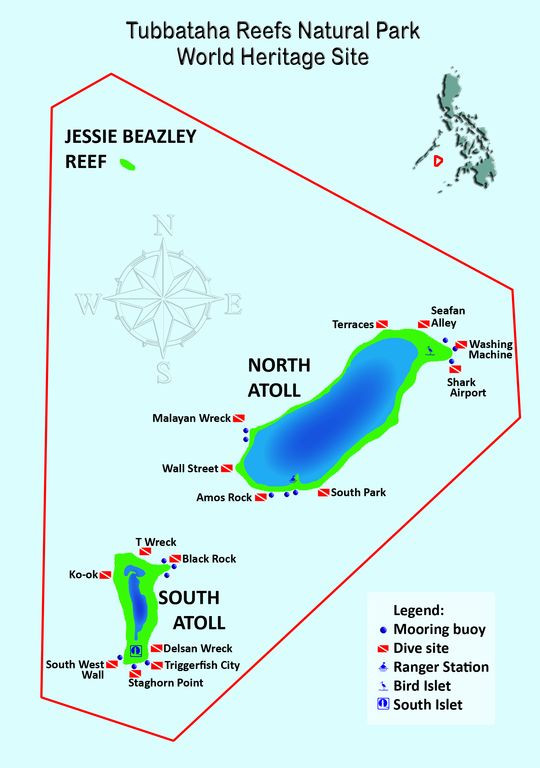
TABON CAVE (Lipuun Point, Quezon, Palawan).
A trip to the Tabon Caves feels like the pages of your history book coming to life before your eyes. In the depths of these caves, around 22,000 years ago, the Tabon people lived. The most compelling evidence of their existence is the discovery of the remains of one of the Tabon individuals during archaeological excavations in one of the caves. It is believed that the Tabon people were the first inhabitants of this part of Southeast Asia. This site, where this prehistoric discovery was made, is considered the cradle of Filipino civilization.
The Tabon Cave system consists of 218 caves in total. Out of these, only 22 have been explored so far, and among those 22 caves, visitors are allowed into only seven, and entrance to these caves is subject to special permission that can be obtained from the National Museum. There are also interesting places to explore in the vicinity of the cave.
The boat ride to the island will offer you views of dramatic cliffs, panoramic sea vistas, and pristine beaches.
How to get there: It’s about a three-hour drive to reach Quezon, and an additional 30-minute canoe ride will take you to the island.
We can easily take you there; just get in touch!
IWAHIG PRISON AND PENAL FARM (Barangay Iwahig, Puerto Princesa, Palawan).
The award-winning documentary film “Beyond the Bars,” released in 2005, brought the story of this penal colony to light.
Established in 1904, this settlement was initially created as a correctional facility for inmates who couldn’t be incarcerated in Manila. Iwahig is not a typical prison. In fact, the inmates are not behind bars. They are free to roam and interact with tourists and other visitors. It is a prison without walls, more like a community within a community. The families of the inmates are allowed to live with them.
Each inmate has their source of livelihood, such as farming or animal husbandry. The creative ones among them engage in art and handcrafts. You can purchase souvenirs among the artworks sold in the prison’s souvenir shop or explore the surroundings of the island.
The Iwahig River flows through the agricultural fields, and visitors are welcome to take a refreshing dip in its waters.
How to get there: Take a multi-cab located outside the LTO offices on Valencia Street, and it will take you directly to the Iwahig Prison and Penal Farm. The travel time is no more than an hour.
Tourismo Filipino offers organized tours to the place; feel free to get in touch!
URSULA ISLAND (Rio Tuba Village, Baltaraza, Palawan).
Not many people are aware of this, but this small island has been declared a protected area. The island serves as a bird sanctuary and a wintering ground for shorebirds and seabirds. It is a home to migratory birds and is also known as a breeding ground for imperial cormorants.
How to get there: From Puerto Princesa, take a bus or jeepney to Baltaraza. The journey takes about six hours. From Rio Tuba, a motorized boat (to protect the environment) will take you to Ursula Island, which takes about one and a half to two hours.
We can easily take you there, just get in touch!
LAKE MANGUAO (Barangay Poblacion, Municipality of Taytay).
This place is well-known to many as the largest freshwater lake in Palawan and is popular among birdwatchers. The lake and its surroundings are a habitat for various species of plants and wildlife.
Beyond birdwatching, Lake Manguaio is an ideal spot for kayaking or simply connecting with nature.
We can easily take you there, just get in touch!
CANIQUE WATERFALL (Bgy. Canique, Taytay, Palawan)
Another breathtaking place in Taytay Province is Canique Waterfall, cascading from a height of 12 meters. Come and take a relaxing dip in the cool and refreshing waters of the waterfall.
How to get there: Taytay is about a four-hour bus ride from Puerto Princesa. Once you arrive in Taytay, you can hire a van that will take you to Canique.
We can easily take you there, just get in touch!
IRRAWADDY DOLPHIN WATCHING
Another interesting spot in Taytay is the waters of Malampaya Sound, where you can try to spot the rare (endangered) Irrawaddy dolphins. It’s recommended to go dolphin watching early in the morning to increase your chances of spotting these dolphins.
How to get there: Taytay is about a four-hour bus ride from Puerto Princesa. From Taytay, you can hire a van that will take you to Bgy Poblacion. From there, you can arrange boat tours to Malampaya Sound.
We can easily take you there, just get in touch!
SUBTERRANEAN UNDERGROUND RIVER (Sabang, Palawan)
One of UNESCO’s World Heritage Sites and also one of the New Seven Wonders of the World, the Underground River is the most popular destination in Palawan and a true pride of the island. With its 8.2 kilometers, the Puerto Princesa Underground River is the longest navigable underground river in the world.
How to get there: Most hotels in Puerto Princesa can arrange a day tour for you to the Underground River.
We can easily take you there, just get in touch!
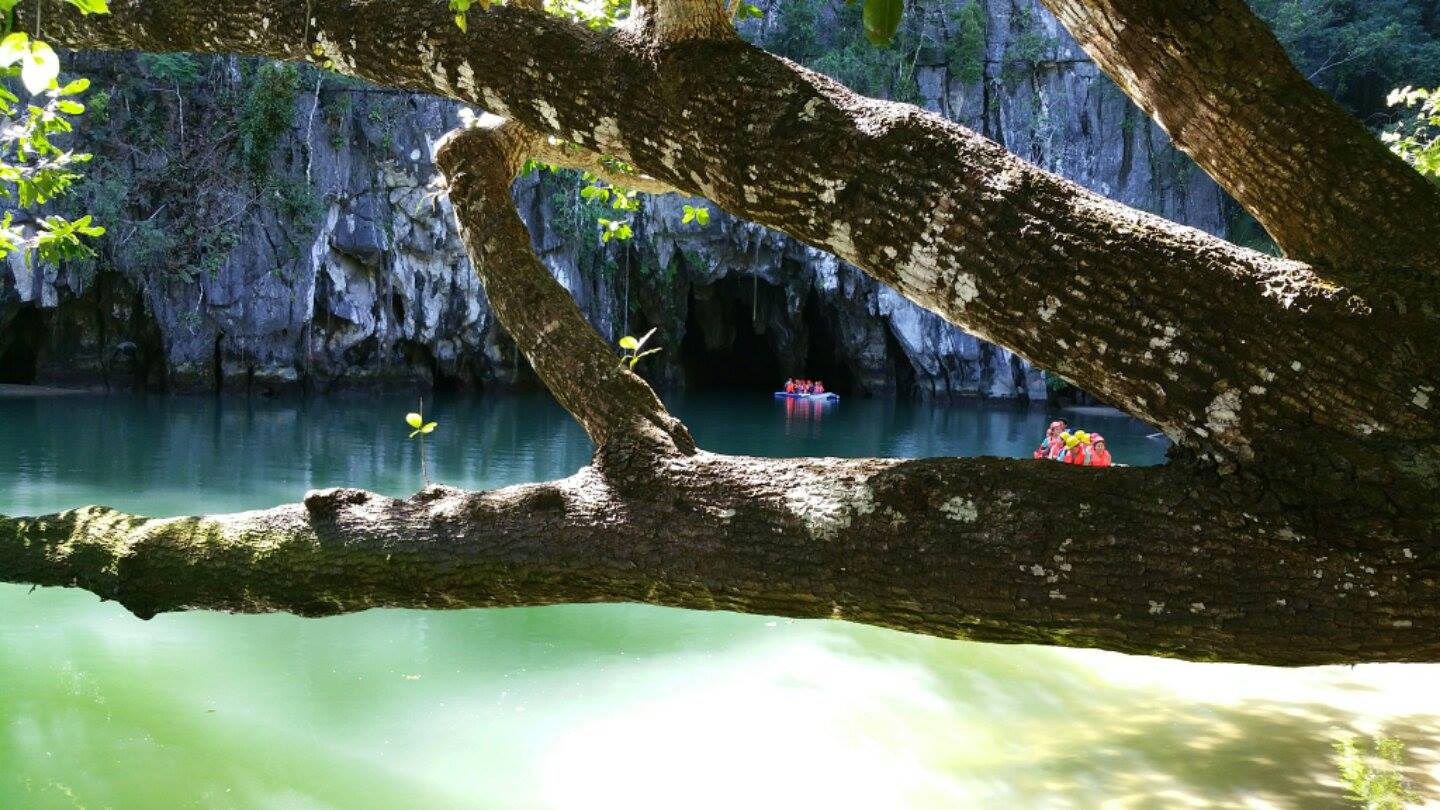
Visit to the Batak Tribe Village
Experience the daily lives of the native Batak tribe members during a visit to their village. Gain insight into their culture and traditional customs through songs and dances, which the Batak people themselves perform when welcoming guests at the entrance to the Mucutan village, where some of them reside. The Batak people are skilled hunters who exclusively use deadly blowguns and bows and arrows. A brief demonstration of their daring hunting techniques is also part of the cultural presentation.
Despite some adopting a more modern lifestyle, there is a looming threat of the tribe’s future extinction. In the remote areas where the Batak people live, high up in the mountains, their population has dwindled to 300 individuals. Despite access to Western medicine for treating common ailments, most Batak individuals still resist Western healthcare. This leads to shorter life expectancies and high infant mortality rates.
How to Get There: Typically, it takes a little over an hour to reach the village from Puerto Princesa. Buses are available but are often crowded, making the journey less comfortable. Alternatively, you can rent a van for independent travel or arrange an organized tour.
Another more authentic option, which we organize, is to embark on a trek to a Batak tribe settlement located several hours away in various directions. This trek takes you through rivers and streams, allowing you to explore areas rarely visited by others.

